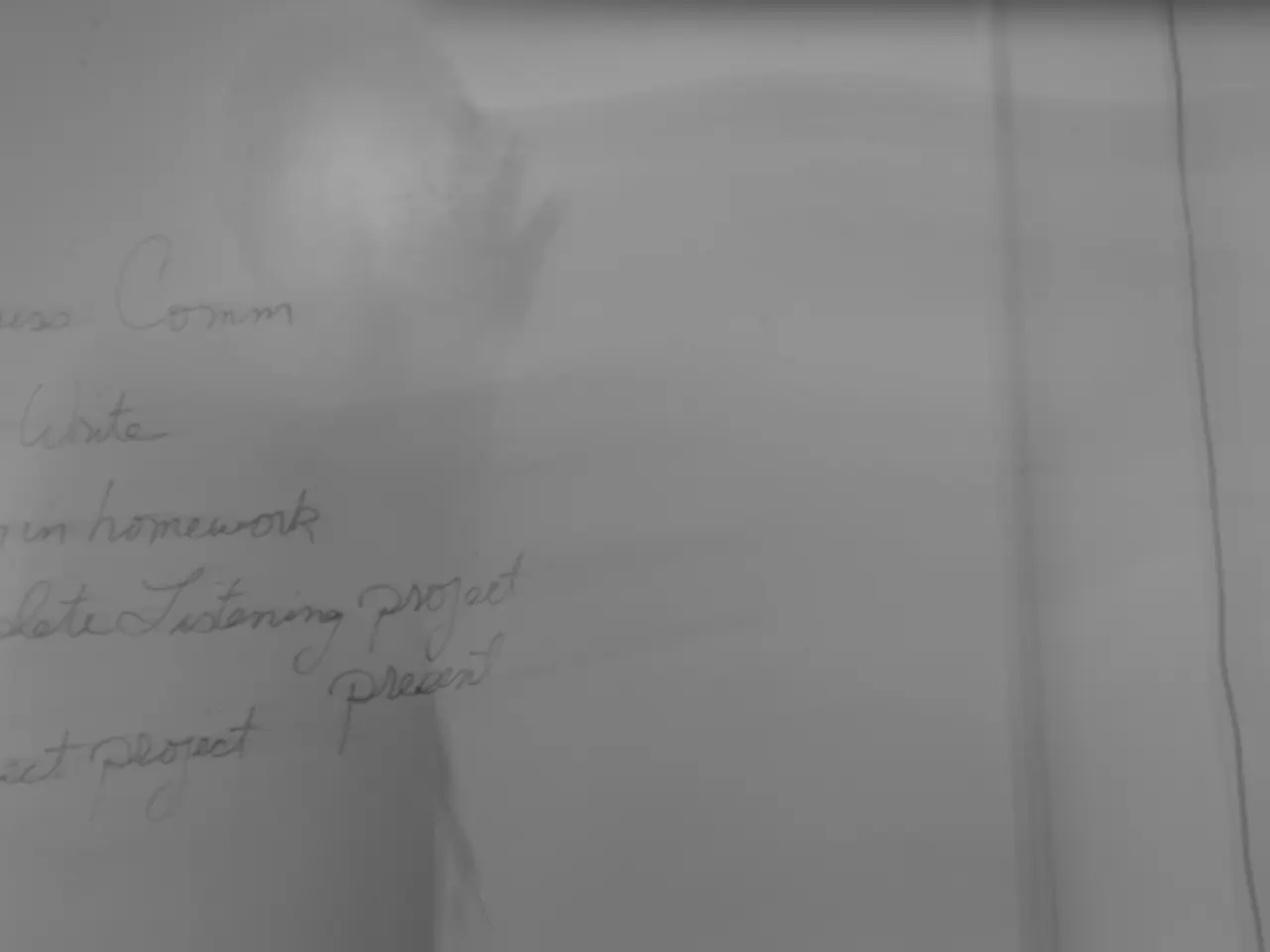Instructions for Crafting a Problem Statement in Five Steps: Dissertation Illustrations
Let's dive into understanding what a problem statement is, in the context of a research paper, dissertation, or thesis, and how to write an effective one.
What's a Problem Statement?
A problem statement is a succinct, clear, and impactful description of a challenge or gap in knowledge that your research will aim to resolve. It serves as the foundation for your study, explaining the issue at hand, its significance, and potential implications.
Crafting a Problem Statement: A 5-Step Guide
Here's a simple guide to writing a problem statement:
- Define the Problem: Clearly outline the specific problem that requires investigation, highlighting its significance and relevance within the given context.
- Provide Context: Offer background information to help readers grasp the origins, scope, and implications of the problem. Reference relevant literature, theories, and existing research to demonstrate the need for further exploration.
- State the Importance: Explain why the problem is worthy of attention and its potential impact on theory, practice, or policy. Present a compelling argument for the urgency of finding solutions and the advantages that may come from addressing the problem.
- Define the Scope: Clearly delineate the boundaries and focus of your study, specifying what aspects of the problem will be explored and what aspects will be excluded.
- Propose Objectives: Outline the specific goals or objectives of your research, formulating research questions or hypotheses to guide your investigation and achieve the research objectives.
By following these steps, you can craft a compelling and focused problem statement that sets the stage for your research and maintains coherence with the rest of the content.
Tips for Writing an Effective Problem Statement
- Be specific, clear, and avoid ambiguity.
- Align problem statement with research objectives and ensure relevance to the field of study.
- Use supporting evidence to back up claims about the problem's severity and implications.
- Focus on the root causes of the problem and its impact on affected stakeholders.
- Revise and refine your problem statement based on feedback and further reflection to ensure it's strong and effective.
Writing a Problem Statement for a Research Proposal
In a research proposal, a clear, well-composed problem statement is crucial. To write one:
- State the problem succinctly, emphasizing its significance and relevance.
- Offer context, background information, and supporting evidence for the problem.
- Define the problem's scope and implications.
- Align the problem statement with research objectives and propose research questions or hypotheses to address.
Example of a Strong Problem Statement
Consider the following example of a well-written problem statement:
"Inadequate nutrition during pregnancy leads to increased risks of preterm birth, low birth weight, and developmental delays, impacting both mother and child. With local rates of malnutrition in pregnancy still persistently high, there is an urgent need for interventions to improve access to and quality of prenatal nutrition services."
Common Mistakes to Avoid When Writing a Problem Statement
- Lack of clarity or focus
- Overgeneralization or ambiguity
- Lack of justification or evidence
- Unrealistic claims
- Ignoring stakeholders' needs or perspectives
- Failing to provide context or background information
- Being too broad or too narrow in scope
- Inconsistency with research objectives or research hypothesis
- Inadequate revision and refinement
Crafting Your Informative Problem Statement
By following this guide, you'll be well on your way to creating a well-constructed problem statement grounded in the heart of your research project. Don't forget to review, refine, and align your problem statement with research aims, objectives, and questions for a comprehensive and cohesive study.
Source and Acknowledgments
The source and acknowledgements for this guide are based on the following resources:
- "A Guide to Writing Problem Statements." Writing at Western University, Graduate and Postdoctoral Studies, 2019. https://www.library.westernul.ca/sites/default/files/ILA_ProblemStatement%202019.pdf
- "Guidelines for Writing Compelling Problem Statements." Capture Success, 2021. https://www.capture-success.com/writing/guideline-writing/career_resources/problem-statement
- "How to Write a Problem Statement for a Research Proposal." Graduate Writing Center, University of Chicago, 2021. https://www.uchicago.edu/cu-portals/ucgintegrations/ActIn/docs/documents/GradCenter/How%20to%20Write%20a%20Problem%20Statement%20for%20a%20Research%20Proposal.pdf
- To enhance your research, consider delving into online-education platforms for courses focused on education-and-self-development, ensuring a comprehensive understanding of the problem statement writing process.
- As you explore the various online-learning resources, make a conscious effort to refine your problem statement skills by referring to literature, theories, and existing research on effective problem statement writing techniques.








